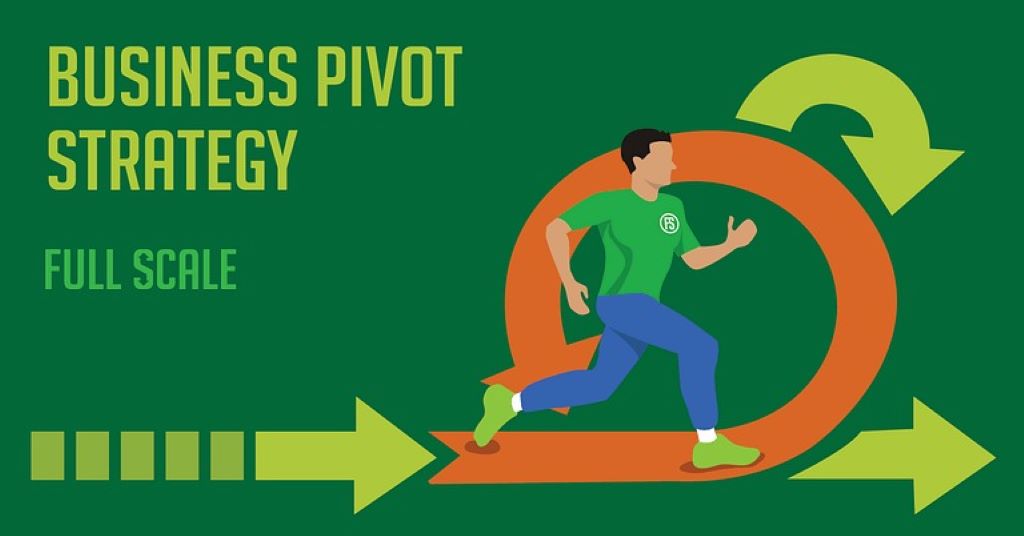
Business Model Pivoting Tricks: How Agile Companies Reinvent Themselves and Thrive
In a world where market conditions evolve overnight, staying static is business suicide. Today’s top-performing companies are masters at the art of the pivot. Business model pivoting tricks aren’t just for startups—they’re critical survival tools for legacy companies, too.
The right pivot can turn a sinking ship into a category leader. Get it wrong, and you’re just burning cash and confusing your customers. This guide dives deep into how to pivot intelligently, using proven strategies, real-world examples, and expert insights to help you make bold, calculated moves.
Why Pivoting Matters More Than Ever
Businesses fail not from bad ideas, but from inflexible execution. According to the Startup Genome Report, over 70% of startups fail due to premature scaling. Often, these businesses ignore signals to pivot until it’s too late.
Post-pandemic economies, AI disruption, and rapidly shifting consumer behaviors demand businesses stay nimble. A business model pivot—done right—can reposition your company for exponential growth.
Netflix did it. Slack did it. Even Twitter did it—multiple times.
What Exactly Is a Business Model Pivot?
A business model pivot is a fundamental shift in how a company delivers value, generates revenue, or targets customers. It’s not a rebrand, a product update, strategic transformation.
There are many types:
- Customer segment pivot: Airbnb shifted focus from event-goers to global travelers.
- Revenue model pivot: Zoom went freemium, scaling exponentially during COVID.
- Platform pivot: YouTube started as a dating site before finding gold in video sharing.
The trick is knowing when and how to pivot, not just that you need to.
Recognizing When It’s Time to Pivot
You can’t fix what you refuse to see. Use these key indicators to know when a pivot might be necessary:
-
Flatlining Growth
If your customer acquisition has stalled despite increased marketing, your model may be flawed.
-
Customer Feedback
Relentless feedback about usability, pricing, or product-market fit is gold. Ignore it, and risk irrelevance.
-
Burn Rate Alarm Bells
If your runway’s shrinking and revenues aren’t scaling, a pivot could save your business from implosion.
-
Market Shifts
AI, regulations, inflation—new forces can kill old models. Kodak ignored digital. Don’t be Kodak.

Power-Packed Business Model Pivoting Tricks
Here’s the meat: tactical, proven tricks to make your pivot work—not just survive, but dominate.
-
Map Your Value Proposition to New Pain Points
Start by identifying emergent customer problems. Airbnb leveraged safety during COVID, adding “Enhanced Clean” to meet new concerns. Solve current pains, not old ones.
-
Run Micro-Experiments Before the Full Shift
Don’t pivot blindly. Build MVPs and test small. Shopify started as an online snowboard store before pivoting to become an e-commerce platform based on internal tooling demand.
-
Kill Your Darlings—Fast
Drop features or segments that drain resources. Facebook ditched its Campus-only model quickly when broader adoption became obvious.
-
Switch Revenue Streams Smartly
Going from license fees to SaaS? Consider cash flow impact. Adobe’s switch to subscriptions initially angered users—but their recurring revenue doubled in three years.
-
Leverage Your Existing Assets Differently
You don’t need to rebuild everything. Instagram pivoted from a check-in app to a photo-sharing platform using the same backend structure.
Expert Tips from the Field
Marc Andreessen, co-founder of Andreessen Horowitz, famously said: “Product-market fit means being in a good market with a product that can satisfy that market.”
This implies your product must evolve with market needs—or get left behind.
Melanie Perkins, CEO of Canva, advises startups to “validate demand before building”—their pivot into B2B design tools followed massive user interest.
Ben Horowitz recommends focusing on “lead bullets”—incremental fixes—as part of any pivot plan, especially when big leaps are financially risky.
Case Studies: Real-World Pivots That Paid Off
-
Slack: Messaging Gold from a Gaming Fail
Originally a game called Glitch, Slack’s founders pivoted to internal messaging after realizing their communication tool had wider appeal. They launched in 2013 and hit $4.5 billion valuation in just 4 years.
-
Netflix: From DVDs to Digital Dominance
Netflix pivoted from DVD rentals to streaming in 2007. Despite short-term losses, that move positioned them as a $200B+ media empire today.
-
Twitter: Podcasting to Microblogging
Odeo was a podcast platform. When iTunes launched podcasts, Twitter’s team pivoted to a short messaging platform. The rest is history.
Featured Snippet:
What’s the most effective way to pivot a business model?
Answer:
Start by identifying a clear customer pain point that isn’t being addressed. Test a minimal version of your new idea without dismantling your core operations. Measure engagement, validate revenue potential, and use data—not intuition—to drive the decision. Involve your team early, communicate transparently, and plan for short-term losses for long-term growth.
According to Harvard Business Review, startups that pivoted once or twice grew 3.6x faster than those that didn’t pivot or pivoted too often. Timing and precision are everything.
Common Mistakes to Avoid
-
Pivoting Too Late
Blockbuster waited until Netflix owned the streaming market. Don’t cling to broken models.
-
Ignoring Your Existing Customers
Always communicate with loyal users before making major shifts. Keep trust high.
-
Overcorrecting
A pivot isn’t a brand new business. Don’t lose your core strengths or team morale in the process.
Reviews from the Trenches
“We pivoted from B2C to B2B SaaS after zero traction. Best decision ever.”
— Carlos Ramos, Co-Founder at SnapAnalytics
“Our pivot added 120% ARR growth. But only because we listened to what the market screamed at us for months.”
— Jamie Lin, CEO at GrowthFlow
“Pivoting isn’t a Hail Mary. It’s an evolution. We did three mini-pivots in 18 months. All based on user data.”
— Nina Patel, Product Lead at RealSync
Read Also: Why your business needs a digital marketing strategy
Frequently Asked Questions (FAQs)
-
What is the best time to pivot a business model?
When customer engagement stagnates or market conditions change drastically.
-
How do I validate a new business model before pivoting?
Use lean MVPs, interviews, and A/B testing to measure early traction.
-
Can established businesses pivot successfully?
Yes. Microsoft shifted to cloud-based services and saw massive revenue spikes.
-
Should I pivot product or market first?
Depends on feedback—if customers love the product but aren’t buying, pivot your market. If usage is low, pivot the product.
-
How do I avoid losing customers during a pivot?
Communicate clearly, involve them in the process, and offer transitional support.
-
What tools help during a pivot?
Lean Canvas, SWOT analysis, Google Trends, and customer development tools.
-
How many times should a company pivot?
Ideally no more than 1–2 major pivots. Multiple shifts can create identity confusion.
Final Thoughts: Pivoting with Purpose
Business model pivoting tricks aren’t shortcuts—they’re strategic reinventions. The most successful companies aren’t the ones with the best original ideas. They’re the ones who adapt fastest.
Listen to your market. Embrace discomfort. Move swiftly, test ruthlessly, and never fall in love with your first plan.
Pivot smart, not desperate.
Read More: The Steps to Starting Up Your Own Business


Average Rating